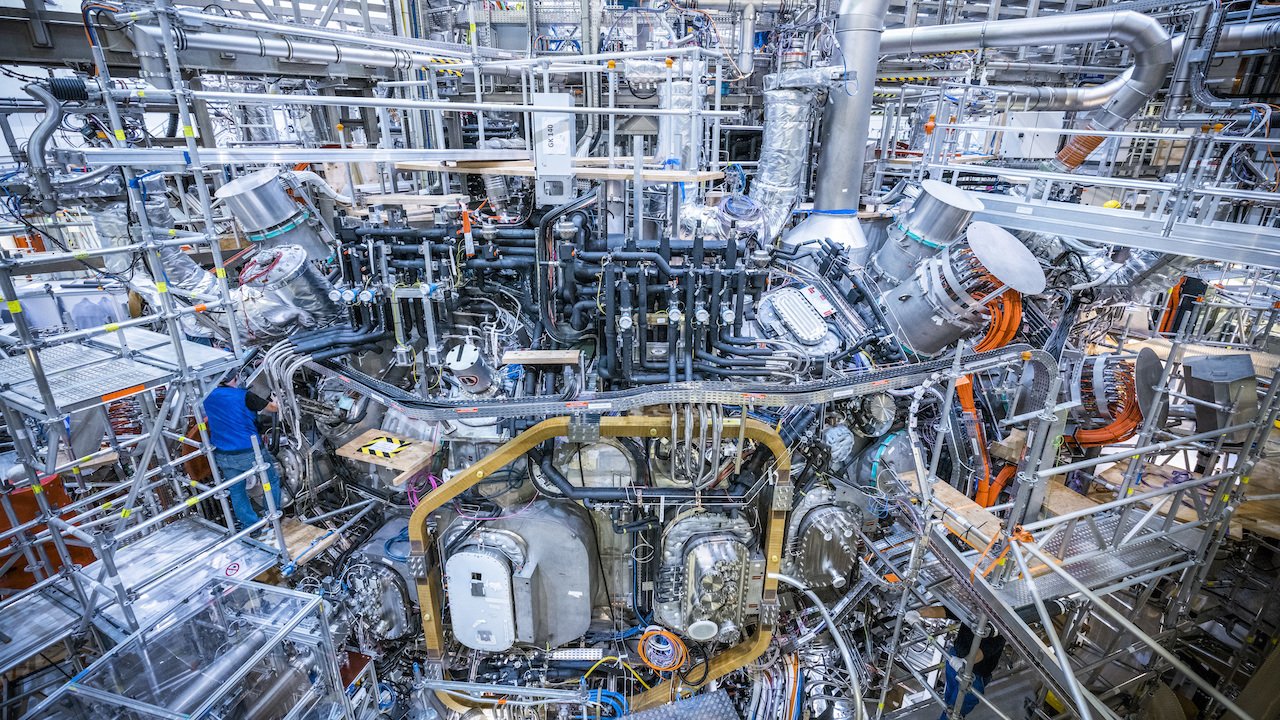Proxima Fusion has raised €20M in seed funding less than a year after its €7.5M pre-seed round.
With the climate crisis and energy sovereignty front-of-mind, European leaders recently renewed their commitment to nuclear energy at the EU Nuclear Energy summit. Fusion — harder to achieve than its alternative process, nuclear fission — is an extremely attractive energy source because it doesn’t produce radioactive waste.
Proxima Fusion has designed a quasi-isodynamic (QI) stellarator with high-temperature superconductors. This technology causes toroidal currents to cancel out to zero, which reduces current-driven instabilities to make the fusion process more robust. Proxima hopes that wider use of its stellarator, which was developed using advanced simulations and AI-enabled engineering, would help to solve the commercial viability challenge of fusion.
The science behind QI-enabled magnetic confinement fusion devices has been the subject of research for the last six decades, but achieving sustained and commercially viable fusion remains a challenge. In 2022, stellarator optimization results disrupted the field; Proxima's technology builds on these advances with an engineering- and simulation-focused approach that leverages advanced computing.
The company is the first spinout from the Max Planck Institute for Plasma Physics, which received €1.3B of public investment for its W7-X experiment in Germany.
The funding will be used to hire more engineers and physicists for Proxima’s team in Munich and to expand its public-private partnerships in Europe. The round, led by redalpine, was oversubscribed. Participants included the Bavarian government-backed Bayern Kapital, German government-backed DeepTech & Climate Fonds, and the Max Planck Foundation. Existing investors, including Plural, UVC Partners, High-Tech Gründerfonds, Wilbe, and TOMORROW of Visionaries Club have doubled down on their pre-seed investments.



Would you like to write the first comment?
Login to post comments